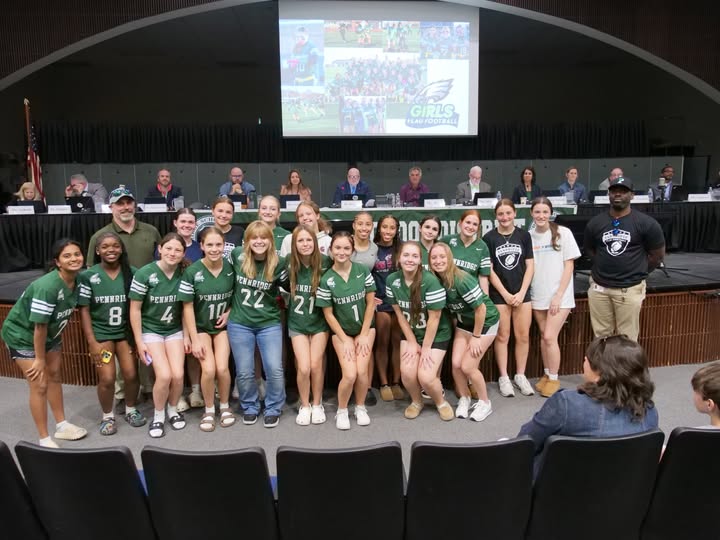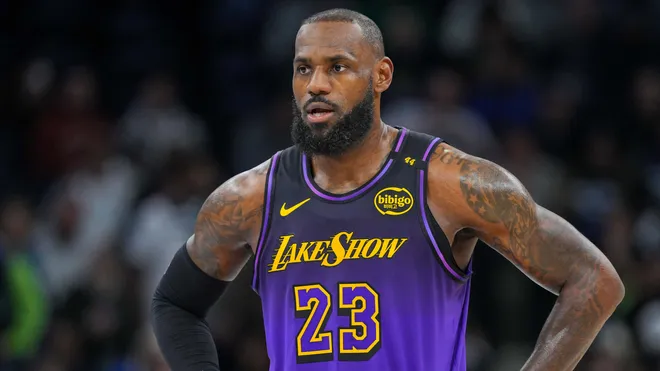
Male and female sports can have immense differences even when they are the same sport. These differences can range from the rules of the game to the deals made for players, the recognition received, etc. This happens in a wide range of sports and in different ways; some may be small details, while other differences can be detrimental to the player.
One sport that is played completely differently by males and females is lacrosse. They have few similarities but many differences, yet they are still called the same sport, which is comical to some. The most noticeable difference between men’s and women’s lacrosse is what they have to wear. Women only have to wear goggles and a mouth guard, whereas men have to wear a mouth guard, helmet, and a bunch of pads. Another huge difference is the sticks used by each team: females all have the same size stick with shallow pockets, but men have sticks of different lengths depending on their position and have much deeper pockets. The way each game is played is also different, with different lineups and rules. Lacrosse is just one example of how female and male sports can be so different.
Female and male sports don’t only have differences in how they are played; they also have differences in the deals players receive. An article by Adelphi University stated, “Whether professional players receive salaries or individual prize money from competitions, male athletes in basketball, golf, soccer, baseball, and tennis make anywhere from 15% to nearly 100% more than female athletes.” This imbalance of payment for males and females has been going on for decades and is only starting to slowly change for the better as women’s sports are starting to get more media attention. Professionals are not the only ones being affected by the unbalanced pay; college athletes are struggling as well. An article by Champion Women stated, “Women miss out on more than $1.1 billion in athletics scholarships annually.”
There are equally talented male and female athletes, yet women athletes tend to be underappreciated. This is happening in the professional leagues, colleges, and high schools alike. When Molly Hawkins, a Pennridge High School senior female athlete, was asked about whether or not the different recognition between female and male sports makes it difficult for her to feel confident in her sport, she said, “Yes, it is hard to play a game and see so many students supporting the opposite gender, and you go to your game and it is an empty stadium.” The athletes are not only the ones who recognize the difference in appreciation men receive compared to women; other students around them see it as well. Another senior at Pennridge High School, Zachary McGowan, was asked what bias he has noticed in men’s and women’s sports at school, and he responded, “Male athletes are praised more than female athletes. Even though the girl’s soccer team is way better than the guys, people still seem to care about the guys more.” Female representation has been severely lacking throughout the years, which is experienced firsthand by female athletes and witnessed by fellow classmates. But thanks to more women getting involved and working hard to get recognition, there is a positive change in our society. There are more opportunities for female athletes, which is working to even out the playing field between men and women in sports.
Sports are a positive activity that brings people together, whether that be a friendship developed by cheering on the same team at a game or the bond of teammates turned into family. No matter a person’s gender, they can have a personal experience with any sport. Yet, each sport can be very different depending on whether it is a men’s team or a women’s team. It is fascinating how different the same sport can be, but it is disappointing to see how unbalanced men’s and women’s sports are represented. Positive changes are being made in society that will hopefully fix this downside and allow men’s and women’s sports, though with different rules, to have the same appreciation. Every athlete is impressive and deserves the proper acknowledgment.
Sources:
https://www.jou.ufl.edu/insights/gender-based-sports-coverage-a-quarter-century-of-prime-time-summer olympics/#:~:text=The%20types%20of%20sports%20that,%2C%20with%2068%25%20of%20coverage.




